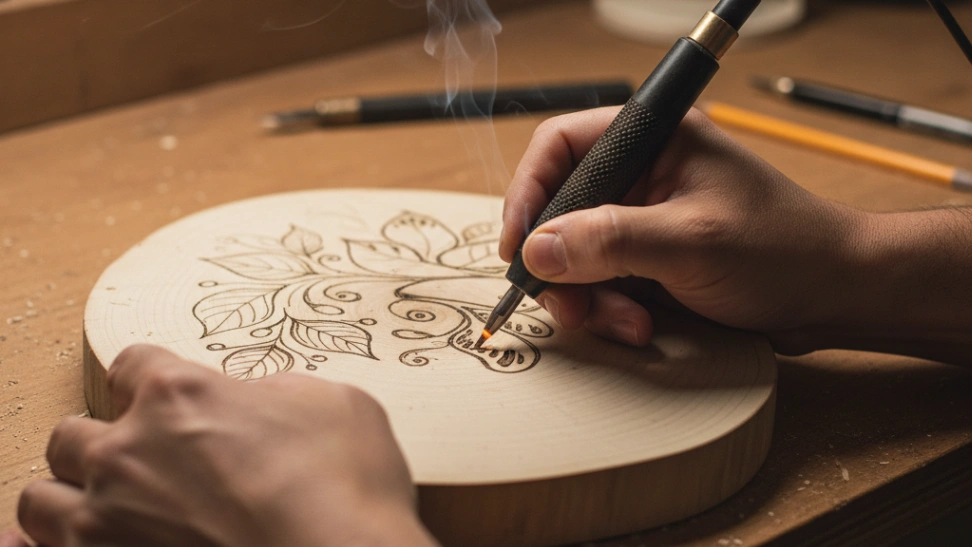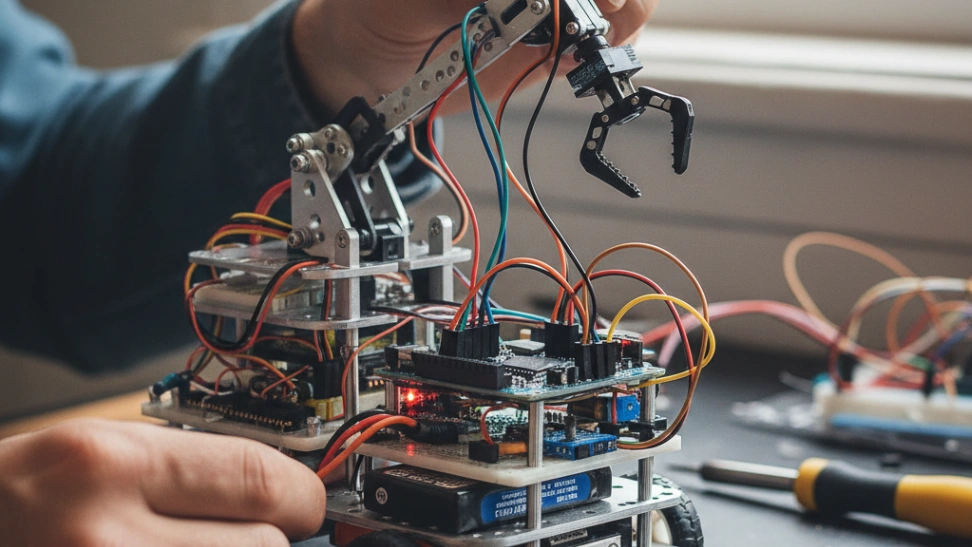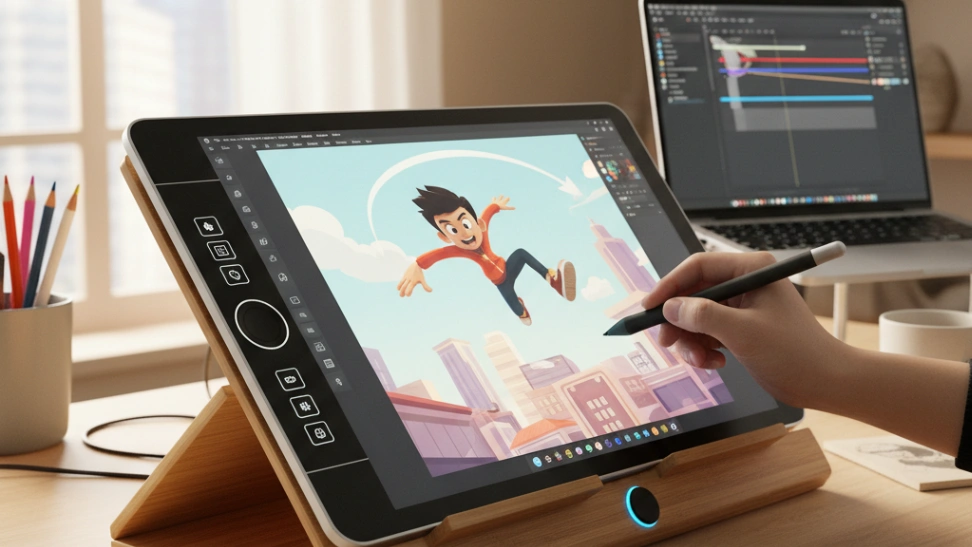The history of pyrography dates back centuries, with evidence suggesting its practice in various cultures across the globe. Early forms of woodburning were often achieved using hot metal pokers heated over an open flame, a technique requiring immense skill and precision. Ancient Egyptians used heated tools to mark decorative patterns on furniture and coffins, while various African tribes employed similar methods for crafting ceremonial objects and functional items. Indigenous peoples in North America also engaged in forms of pyrography, decorating gourds, wooden tools, and ceremonial masks with intricate burned designs. The term "pyrography" itself is derived from the Greek words "pyr" (fire) and "graphos" (writing), literally meaning "writing with fire." The art form saw a significant resurgence in popularity during the Victorian era, particularly in Europe, where specialized tools and kits became more widely available. Ladies of leisure often took up pyrography as a refined pastime, decorating household items, boxes, and decorative panels. This period also saw advancements in tool design, moving beyond simple heated pokers to more refined instruments, though still far from the electric pens we know today.
Modern pyrography typically utilizes electric pyrography tools, which consist of a heated pen with interchangeable tips that allow for a wide range of effects, from fine lines and dots to broad strokes and shading. Artists control the heat level to achieve different shades of brown, ranging from light sepia tones to deep, rich charring. While wood is the most common medium, pyrography can also be applied to leather, gourds, paper, cork, and even bone. Each material reacts differently to heat, requiring the artist to adapt their technique and understanding of the material's properties. Different types of wood, such as basswood, birch, maple, and pine, offer distinct grain patterns and burning characteristics. Basswood is often recommended for beginners due to its light color and fine, even grain, which takes burns smoothly. Leather offers a different texture and scent when burned, opening up possibilities for unique artisan goods like wallets, belts, and journal covers. The choice of material significantly influences the final aesthetic and the techniques required for optimal results.
The creative process in pyrography often begins with a sketch or transfer of a design onto the chosen surface. Some artists prefer to freehand their designs, directly burning onto the material, while others use graphite paper or stencils to ensure accuracy. Once the outline is established, the artist proceeds to fill in details, add texture, and create shading, much like drawing with a pen or pencil, but with the added dimension of heat and burn depth. The smell of burning wood, the subtle hiss of the pen, and the gradual transformation of the material are all part of the immersive experience. Pyrography can be used to create fine art pieces for display, personalized gifts, decorative household items, custom signage, and even to enhance functional objects. The ability to customize and personalize items makes it a popular choice for unique handmade goods. Whether depicting wildlife, landscapes, intricate mandalas, or personalized text, the permanence of the burn marks gives each piece a distinct, artisanal quality that cannot be easily replicated by other mediums. The finished artwork is often sealed with a protective finish, such as a clear varnish or wax, to protect it from moisture and wear, enhancing its longevity and bringing out the depth of the burn.
The pyrography community is vibrant and supportive, with numerous online forums, social media groups, and local workshops dedicated to the craft. Beginners can find a wealth of tutorials, tips, and inspiration from experienced artists. Accessibility to the hobby has increased significantly with affordable starter kits and a wide range of tools available. While mastering the nuances of shading and detailed work takes practice, the basic act of woodburning is relatively easy to pick up, making it approachable for many. It's a hobby that encourages patience, precision, and artistic vision, offering endless possibilities for personal expression and the creation of beautiful, lasting pieces of art. The tactile nature of working with wood and fire, combined with the visual reward of seeing a design emerge, makes pyrography a deeply satisfying and engaging pursuit for artists of all skill levels, allowing for both personal artistic development and the opportunity to connect with a passionate global community.



